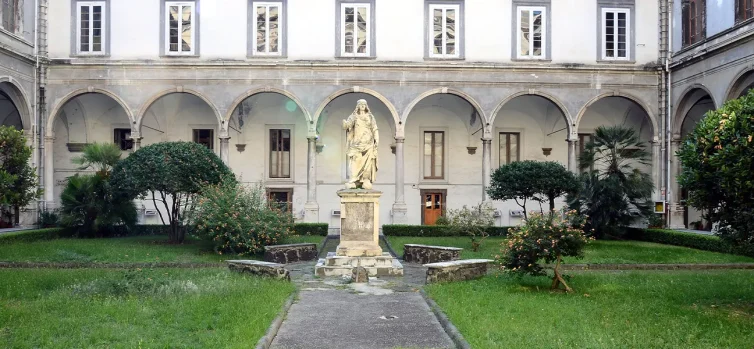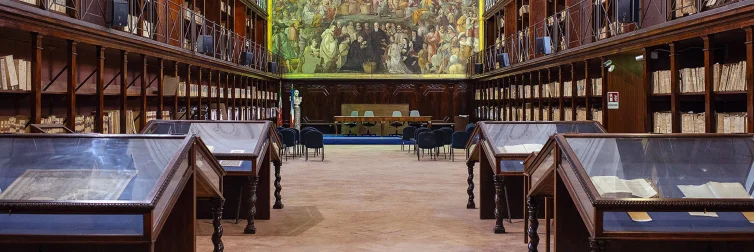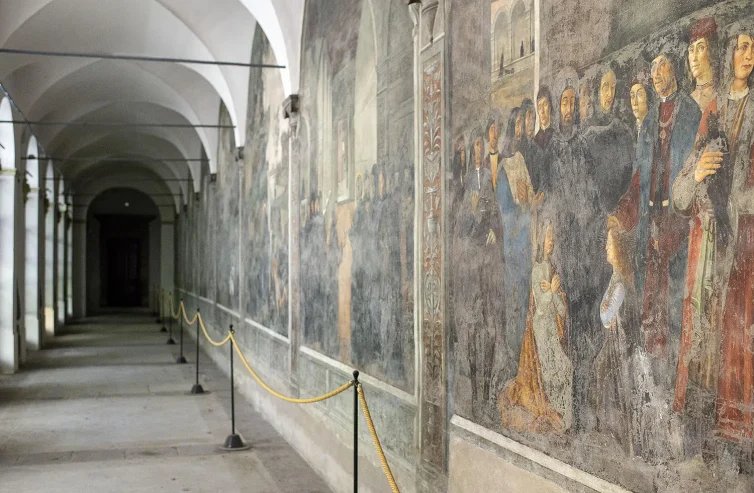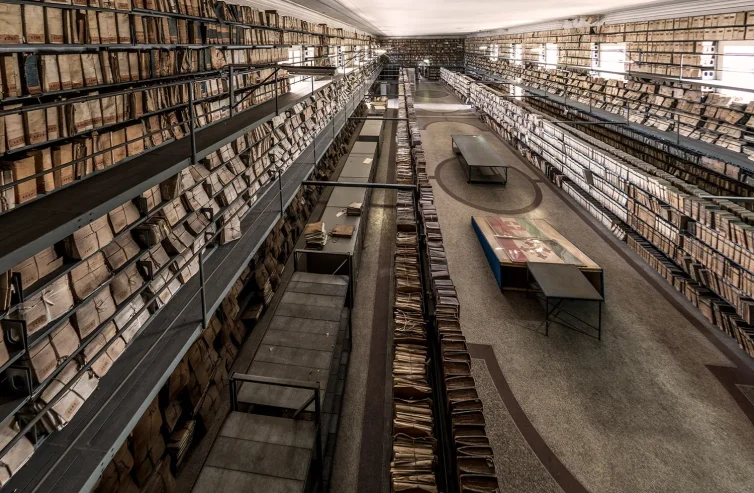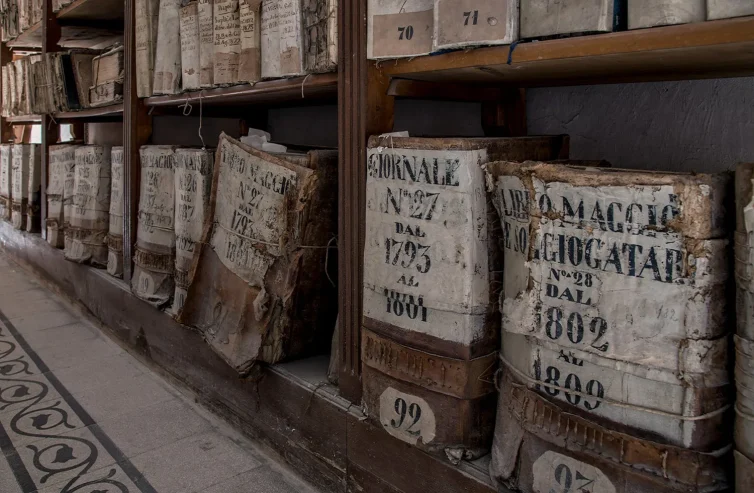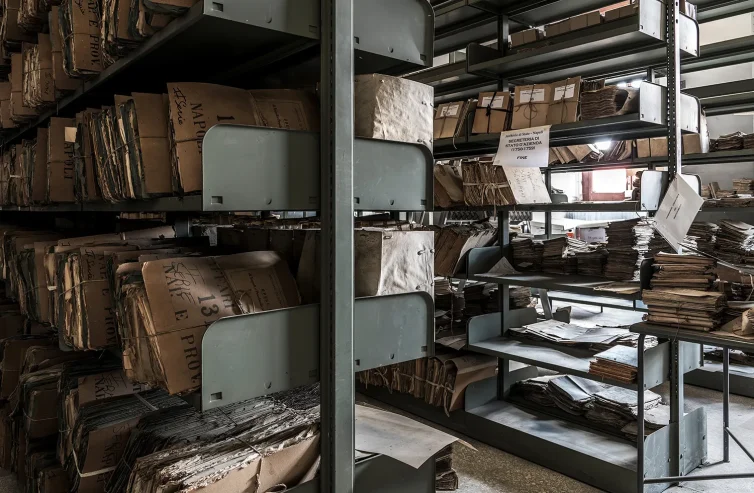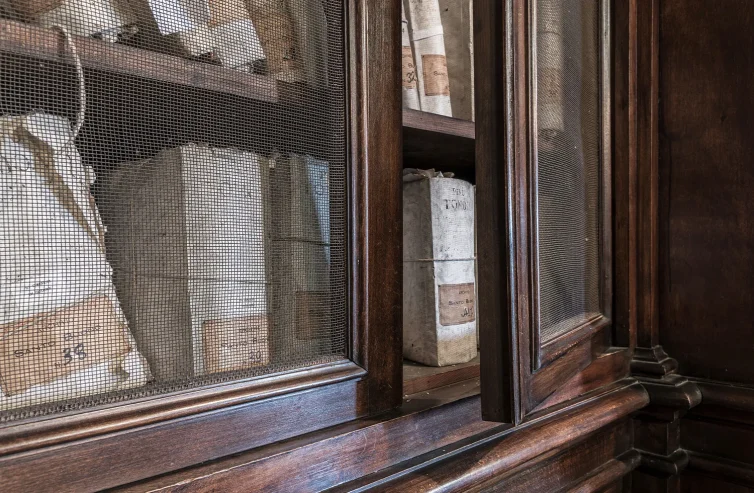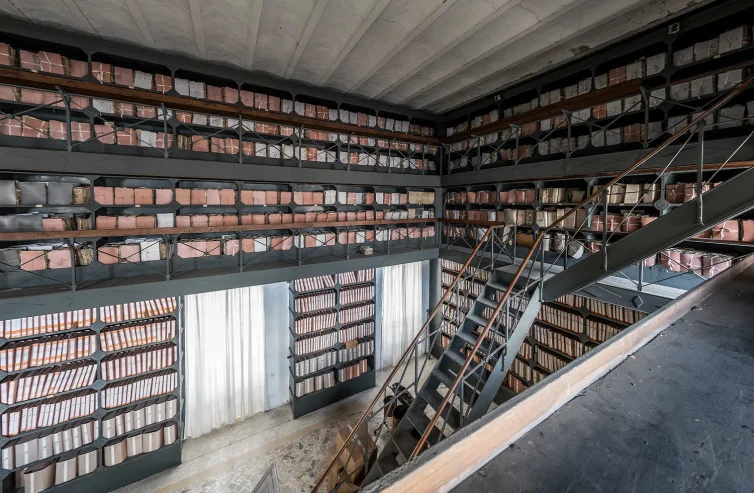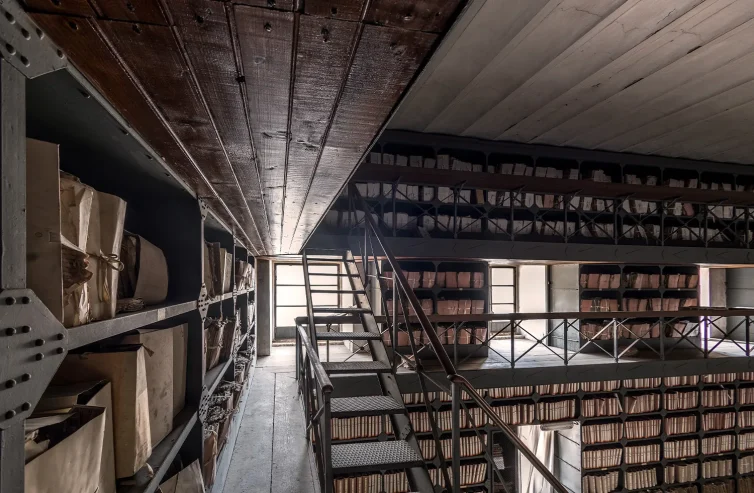State Archive of Naples
Nestled in the heart of Naples, a city renowned for its vibrant history and rich cultural tapestry, lies the Archivio di Stato di Napoli – an institution that is a veritable treasure trove for historians, researchers, and the culturally curious.
Far more than just a repository of documents, this archive is a testament to the historical journey of Naples and Italy at large. It offers a unique window into the past, presenting a wealth of knowledge waiting to be uncovered. From ancient manuscripts to maps tracing the city’s evolution, the Archivio di Stato is not only a hub for scholarly research but also a fascinating destination for anyone interested in the storied past of this magnificent city. In this article, we delve into the depths of the Archivio di Stato di Napoli, exploring its rich history, remarkable collections, and the must-see exhibits that make it an essential stop for anyone visiting Naples.
History of the Archivio di Stato di Napoli
The Archivio di Stato di Napoli has a history as rich and layered as the city it resides in. Its roots can be traced back to the Kingdom of Naples, reflecting the complex tapestry of Neapolitan and Italian history. Originally established as a place to store administrative documents, it has evolved over the centuries into an invaluable resource for understanding the political, social, and cultural dynamics of the region.
The archive’s early history is intertwined with the governance of Naples. It served as a crucial center for the preservation of royal decrees, legal records, and administrative correspondence. This collection of documents provides insights into the governance and daily life in Naples across different eras, from the Angevin and Aragonese dynasties through to the modern Italian state.
In the 19th century, the Archivio di Stato di Napoli underwent significant expansion. This period marked the unification of Italy, a transformative era that brought about substantial changes in the nation’s administrative and legal frameworks. The archive played a pivotal role in this transition, assimilating records from various regional and religious institutions. It became a central repository reflecting the new, unified Italy’s legislative and administrative history.
The 20th century brought further changes and challenges. During World War II, Naples faced significant bombing, posing a threat to the archive’s invaluable collection. Remarkably, much of the archive’s contents survived, thanks in part to the dedicated efforts of the staff and local community. This resilience highlights the enduring importance of the Archivio di Stato di Napoli, not just as a repository of documents, but as a symbol of the city’s persistence and cultural heritage.
Today, the archive stands as a guardian of history. Housing millions of documents spanning over a thousand years, it offers an unparalleled view of the past. From medieval manuscripts and genealogical records to maps and photographs, the archives provide a tangible connection to the events and people who shaped Naples and Italy.

Exploring the Archivio di Stato di Napoli
The Archivio di Stato di Napoli is not merely a storage space for old documents; it is a living, breathing chronicle of history. As visitors step into its halls, they embark on a journey through time, encountering a myriad of stories and insights into the past.

A. Manuscripts and Documents
One of the most impressive aspects of the Archivio di Stato is its vast collection of manuscripts and documents. These range from medieval to modern times, offering a glimpse into various epochs of Neapolitan and Italian history. The manuscripts include not only governmental records but also personal letters, diaries, and other writings that provide a more intimate view of historical events and daily life.
B. Maps and Architectural Plans
The archive also boasts an extensive collection of maps and architectural plans. These are particularly valuable for understanding the urban development of Naples. From detailed maps of the city in different periods to plans of iconic buildings and structures, these documents offer a unique perspective on the evolution of Naples’ urban landscape.
C. Photographic Archives
For those interested in more recent history, the photographic archives are a treasure. These collections include images of Naples and its surroundings, capturing moments in history, from the mundane to the monumental. These photographs not only document historical events but also showcase the changing faces of the city and its inhabitants.
D. Special Collections
In addition to these, the Archivio di Stato houses several special collections. These include rare books, ancient legal codes, and genealogical records that trace the lineage of prominent Neapolitan families. These collections are invaluable for researchers delving into specific aspects of Neapolitan and Italian history.
E. Digital Archives
In recent years, the Archivio di Stato di Napoli has embraced modern technology, digitizing many of its collections. This has made its treasures more accessible to the public, allowing broader access to its wealth of information. The digital archives include scanned documents, photographs, and even virtual exhibitions, enabling remote exploration of its contents.
Exhibitions and Conferences at the Archivio di Stato di Napoli
The Archivio di Stato di Napoli is not just a repository of historical documents; it’s also a vibrant cultural hub, hosting a variety of exhibitions and conferences that bring history to life. These events offer a unique opportunity for visitors to engage with Naples’ past in an interactive and immersive way.
A. Diverse Exhibitions
The Archivio regularly organizes exhibitions that showcase different aspects of its vast collections. These exhibitions range from historical retrospectives to thematic displays, each telling a unique story. For instance, visitors might encounter an exhibition focusing on the Bourbon period of Naples, displaying documents, maps, and artifacts from that era. Another exhibition might explore the role of Naples during significant historical events, such as the unification of Italy or World War II.
B. Interactive and Educational Aspects
Many of the exhibitions are designed to be interactive, providing an educational experience that appeals to both adults and children. They often include multimedia presentations, guided tours, and workshops. These interactive elements not only make history more accessible but also more engaging, allowing visitors to gain a deeper understanding of the materials on display.
C. Conferences and Seminars
In addition to exhibitions, the Archivio di Stato di Napoli hosts conferences and seminars throughout the year. These events attract scholars, historians, and enthusiasts from around the world. The topics covered are diverse, ranging from discussions on specific historical periods to broader themes like archival science and digital preservation.
D. Collaborations and Special Events
The Archivio also collaborates with universities, cultural institutions, and international organizations to host special events. These collaborations often result in unique exhibitions and conferences that provide fresh perspectives on historical subjects. For example, a recent collaboration with a local university brought forth a conference on medieval Naples, featuring renowned scholars in the field.
E. Access to Information
For those interested in attending these events, the Archivio’s official website (Archivio di Stato di Napoli) provides detailed information on current and upcoming exhibitions and conferences. The website is an excellent resource for planning a visit, offering updates on events, opening hours, and ticket information.

Must-See Attractions at the Archivio di Stato di Napoli
While the entire Archivio di Stato di Napoli is a treasure trove of history, certain collections and features stand out as must-see attractions. These highlights offer an unparalleled glimpse into Naples’ past and are essential for any visitor to the archive.
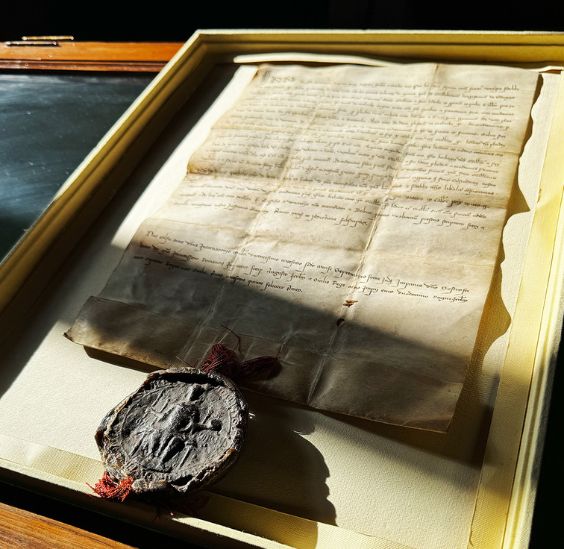
A. The Ancient Manuscript Collection
One of the crown jewels of the Archivio is its collection of ancient manuscripts. This includes documents dating back to the Middle Ages, offering rare insights into medieval Naples. Among these are beautifully illuminated manuscripts, ancient charters, and historical decrees. The craftsmanship and historical significance of these documents make them a fascinating attraction for history buffs and casual visitors alike.
B. The Bourbon Period Archives
The Archivio houses an extensive collection of documents from the Bourbon period of Naples. This era, marked by the rule of the Bourbon dynasty, was a significant time in the history of Naples. The documents provide a detailed look at the administrative, cultural, and social aspects of the city during this period. They include royal decrees, correspondences, and architectural plans that shaped the modern face of Naples.
C. Cartographic Collections
The Archivio’s cartographic collections are a must-see for anyone interested in the geographical and urban development of Naples. These maps and plans, some of which date back several centuries, illustrate the transformation of the city over time. They offer a unique perspective on how Naples evolved from an ancient Greek settlement to a modern metropolis.
D. Photographic Records
For a more recent historical perspective, the photographic records of the Archivio are invaluable. These photographs, spanning from the 19th century to the present day, capture moments of everyday life, significant events, and the evolving landscape of Naples. They provide a visual history of the city and its people, offering a poignant and relatable connection to the past.
E. Special Exhibitions and Rare Finds
In addition to its permanent collections, the Archivio frequently hosts special exhibitions featuring rare finds and unique documents. These exhibitions often focus on specific themes or periods, offering a deep dive into particular aspects of Neapolitan history. They are a testament to the depth and diversity of the Archivio’s holdings and are not to be missed.
Address
Hours
Monday to Friday from 8:00 to 18:30
Saturday from 8:00 to 14:00
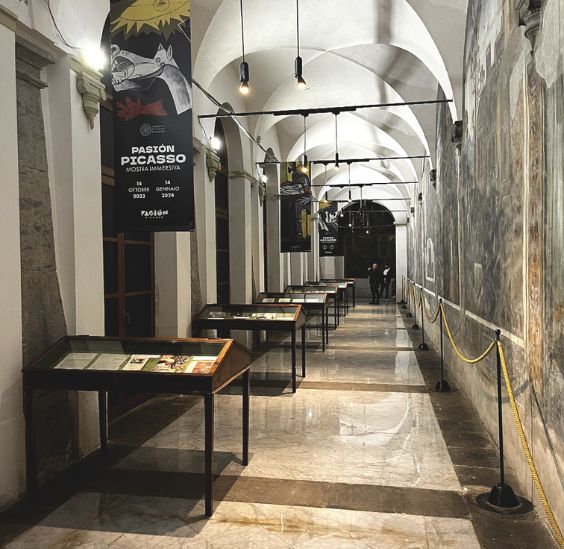
The Archivio’s collections, ranging from ancient manuscripts to modern photographic records, tell the story of a city that has been a crossroads of civilizations for centuries. Each document, map, and photograph in the archive is a thread in the intricate tapestry of Neapolitan history. Together, they form a narrative that is as complex as it is captivating.
The exhibitions and conferences hosted by the Archivio bring this narrative to life, offering dynamic and engaging ways to interact with history. These events serve not only as educational experiences but also as opportunities for dialogue and reflection, connecting the past with contemporary issues and perspectives.
Moreover, the Archivio’s commitment to preserving and sharing its collections, including through digital archives, ensures that this priceless heritage remains accessible to all. It is a resource for scholars, a treasure for history enthusiasts, and an open door for the curious.


